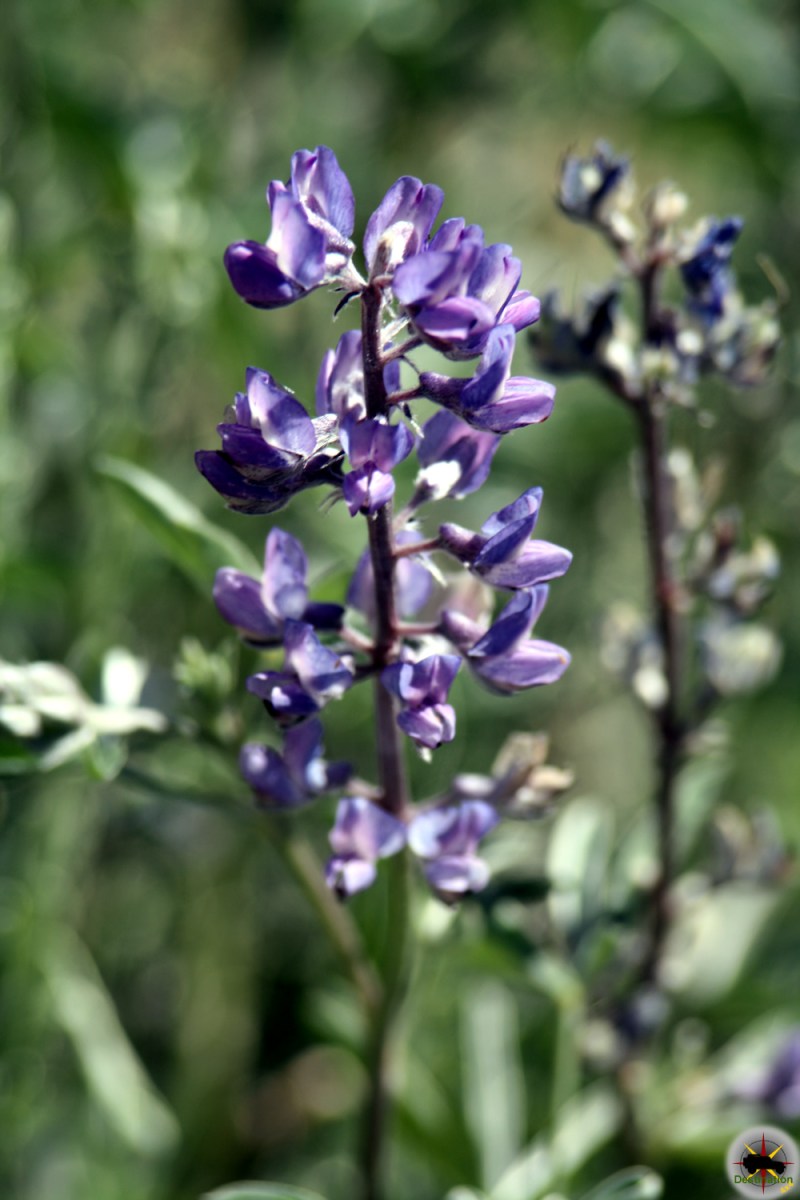
Silvery Lupine (Lupinus argenteus) is a fairly common vibrant purple wild flower and is common in much of Western North America including Arizona, California, Nevada and Utah. Deriving its name from the fine silvery hair found on its stalks, which are reddish in color.
Lupine is a stalked plant which grows up to four feet tall. The Lupine thrives in higher elevations and may be commonly found between 3,300 and 10,000 feet. It is quite common for the flower to be found along roadways, stream valleys, rocky prairies and in open pine woods.
The Lupine typically blooms in June to October, however like many wild flowers, this period will vary dependent upon water and location. The violet colored flowers are typically arranged around a spike which may reach up to eight inches in length.
The Silvery Lupine grows quickly and in bunches and considered a member of the pea family. Although toxic to humans, this beautiful flowering plant is known to attach butterflies, birds and hummingbirds.
The Navajo people used the Silvery Lupine as a natural treatment for Poison Ivy blisters. The Lupine is commonly found in clearings in the countries of Apache, Coconino, and Mohave, and Navajo in Arizona.